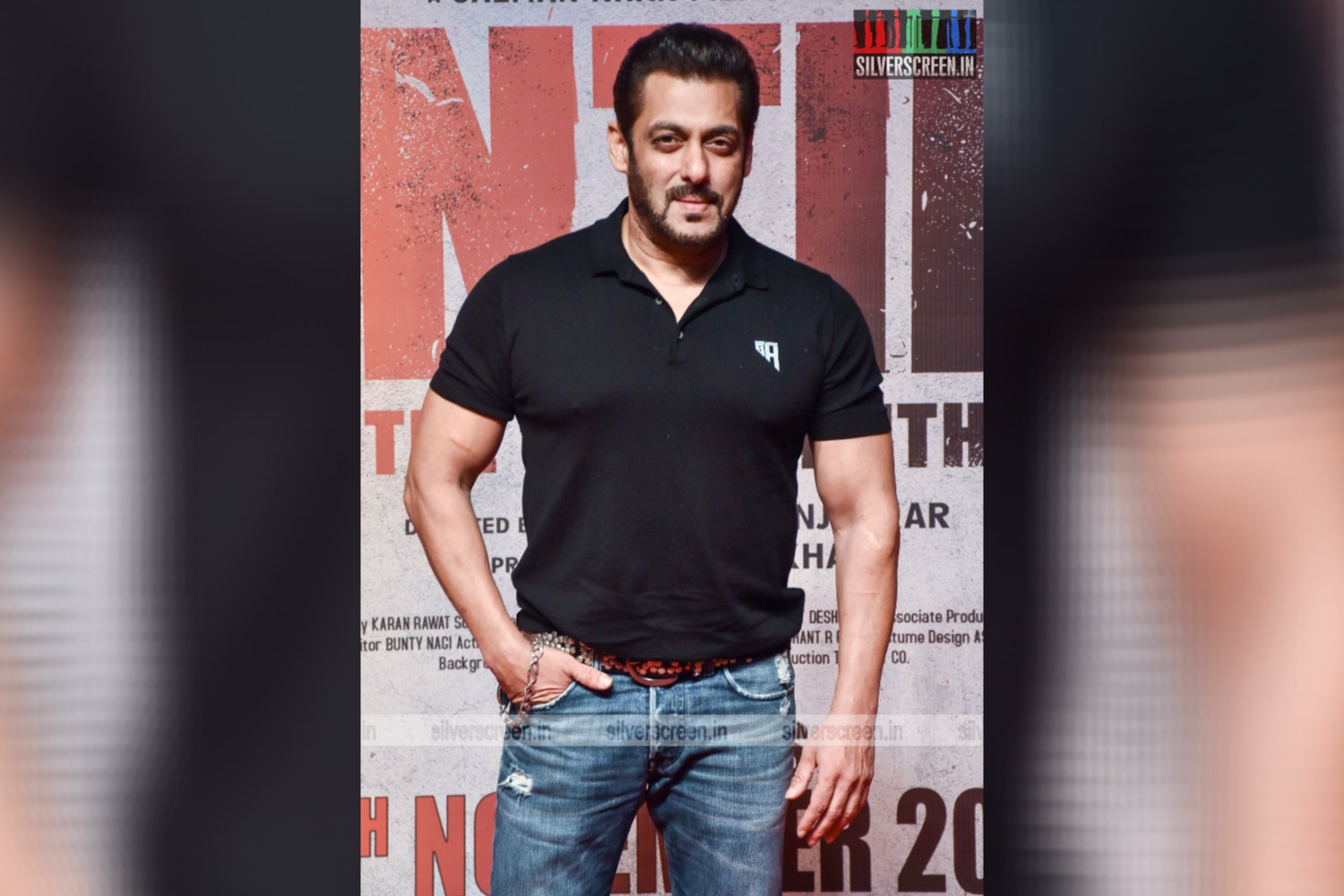Kochi-Muziris Biennale is not just an event but a proper physical space, like a district or a state, where non-Malayali filmmakers come to shoot films that pretend to contain a dose of Kerala. This odd metamorphosis happened at least a decade ago, when Kochi’s new-generation filmmakers discovered the aesthetic potential of this former colonial neighbourhood which houses high-end tourist hotels and the art biennale. It quickly and fleetingly became the new face of Malayalam mainstream cinema in the 2010s, moving on from Alappuzha’s backwaters and Palakkad’s agriculture villages.
Cobalt Blue is set in this unreal place, a year-round art gallery set up for tourists. It is a place where people, even those who are just passing by, wear colour-coordinated clothes, live in heritage buildings, and breathe communism. A pseudo-European locale where poets and artists wander looking for their soul or a soul-mate. A place thousands of kilometres away from the rest of Ernakulam that is ridden by harsh weather, water problems, and other practical difficulties of life.
The film, set in the 90s, based on Kundalkar’s acclaimed Marathi novel, is centred on Tanay (Neelay Mehendale), a dreamy young man studying literature at a college in Kochi. He is the youngest member of an upper-caste Marathi family that migrated to Kerala for his father’s business. Tanay, who smiles a lot and talks to an invisible friend in the lake, has always known that he is different. The same could be said about his sister, Anuja (Anjali Sivaraman), a hockey player. The siblings are rarely seen talking to each other, but their lives are destined to be intermeshed, not just by blood but also by the sweat and love of a stranger (Prateik Babbar) who rents out a room in their heritage villa.
It must sound like a fascinating plot outline, but Kundalkar’s film can barely escape the superficiality of its setting. For one, Anuja’s best friends are Sister Maria (a fantastic Poornima Indrajith) and a woman named Fathima who roams around on a motorbike. One of the widely-shared stills from the film has the two women riding pillion on Fathima’s bike, sucking an icecream-stick. A heartwarming image. However, Fathima is merely a token in the film to denote the multicultural quality of the place, a character who gets no individual screentime or space, who could be easily replaced by anyone or anything. Maria exists to signify the lack of freedom Anuja would experience if she aligns her life with her family’s value system.
The movie spends most of its time and energy cramming Tanay’s consciousness with colours, pretty objects and words that sound profound, like preparing a dollhouse. Neelay is a good actor who makes it easy to believe Tanay’s innocence, but there is only so much an actor can do to liven up a character who is so wafer-thin. The film does not even grant him a moment of sexual awakening. He smiles when his professor (Neel Bhupalam) touches his shoulders during the lecture, but Kundalkar doesn’t get into the underlayers of that touch. Once the stranger arrives, the film shifts gear to become an inferior copy of Call Me By Your Name. The scenes from the bourgeoise household are placed alongside intimate moments of the two lovers, meeting in secret by the side of a lake or in his room that resembles a carefully-messed up art gallery.
But, everything looks like a set-up that takes neither the characters nor the viewers by surprise. It is Tanay’s first love, but strangely, there is neither a flush nor tension in the romantic scenes. The conservative family, especially the prying elder brother, does not look into the unusual closeness the boy shares with the stranger. Kundalkar seems to hope that the weak writing could be compensated by the excess of stylistic elements he inserts into the scenes. Even more fragile is Anuja’s relationship with the stranger. “How long should a relationship last for people to take it seriously,” she asks Maria one time, hurt by people calling him a rapist and her a victim. While she is right, Kundalkar’s disinterest in etching out their romance reduces it into something lesser than an infatuation, like a languid one-night-stand that accidentally lasted two days.
Recommended
The only character who gets a powerful moment is Neel Bhupalam’s professor. He looks severely out of place in the Kerala milieu, but he expresses the fatality of loneliness. To be a homosexual in 90s Kerala is not just criminal but also to be treated with disdain, condemned to life-long seclusion. His unhinged appetite for companionship comes across as human, unlike the cosmetic misery of Tanay and Anuja. Social isolation, loneliness and the youthful quest for freedom are great subjects in literature and cinema, but in Cobalt Blue, they are merely an excuse to showcase inviting visuals of a beautiful place and a set of good-looking people who, clearly, don’t belong to it.
*****
This Cobalt Blue review is a Silverscreen original article. It was not paid for or commissioned by anyone associated with the movie. Silverscreen.in and its writers do not have any commercial relationship with movies that are reviewed on the site.



